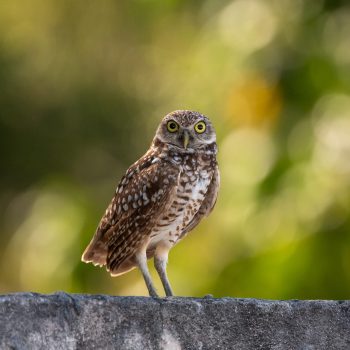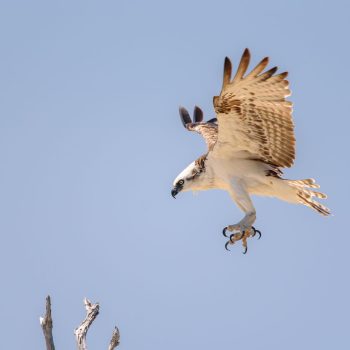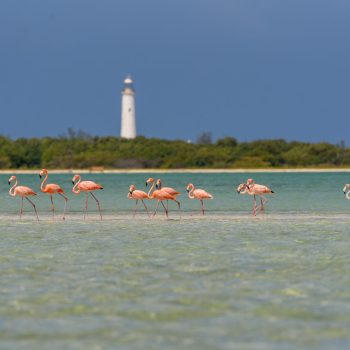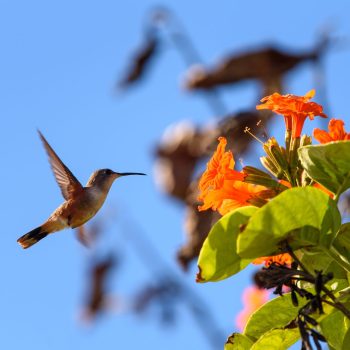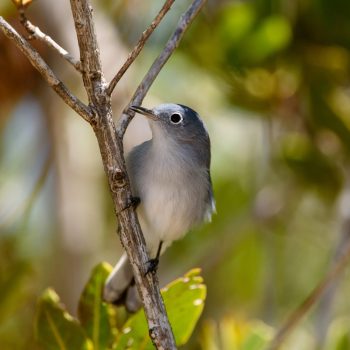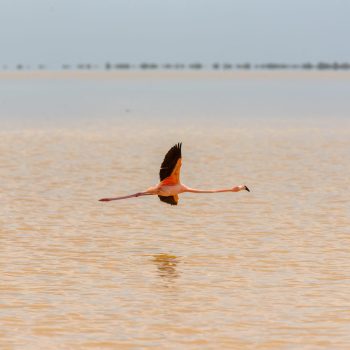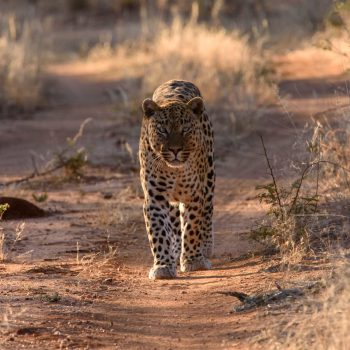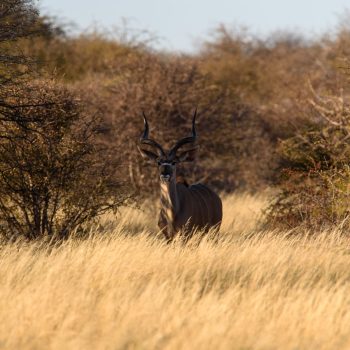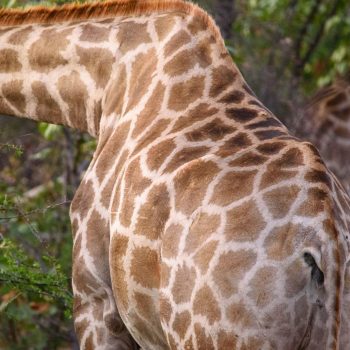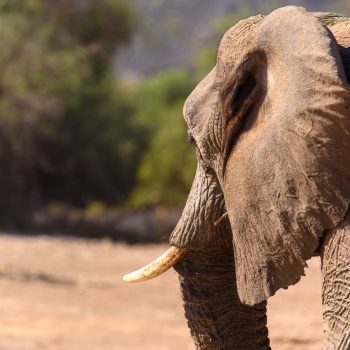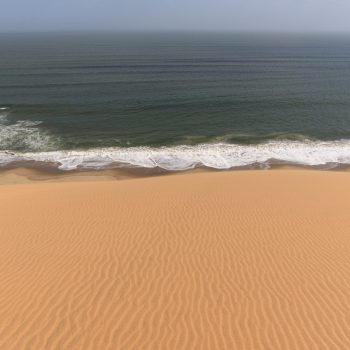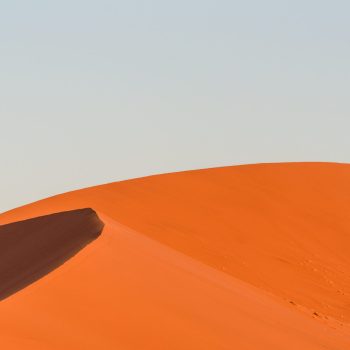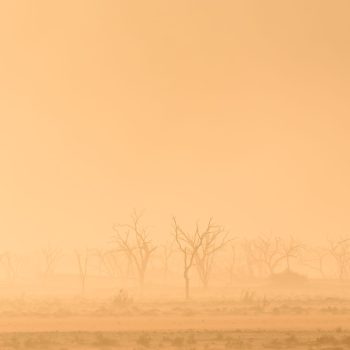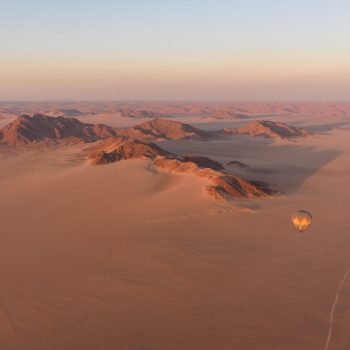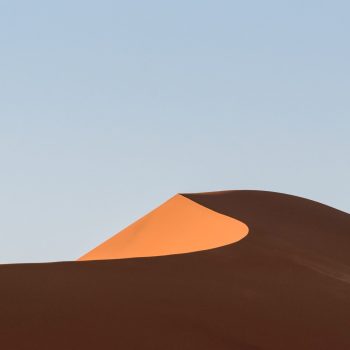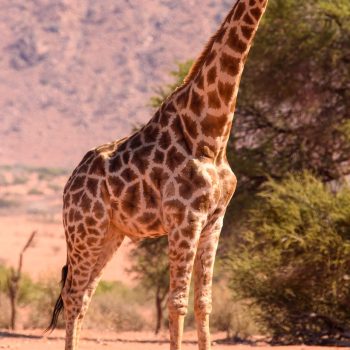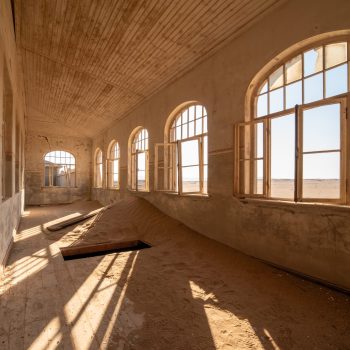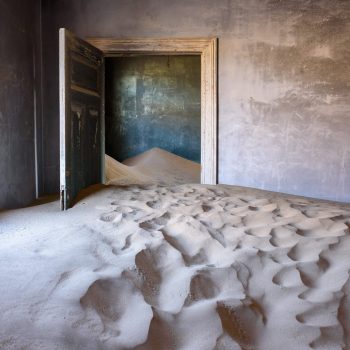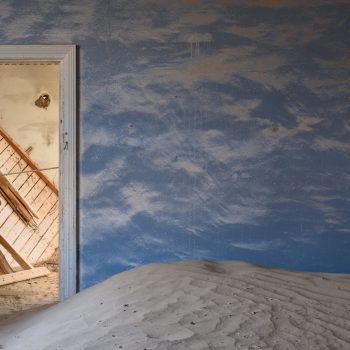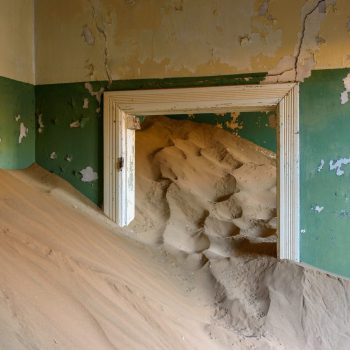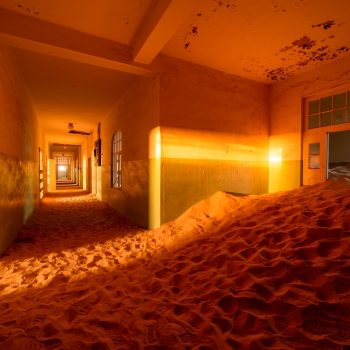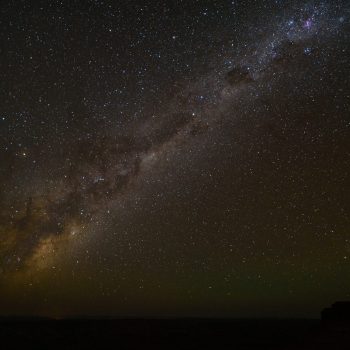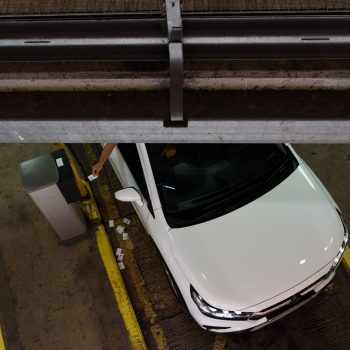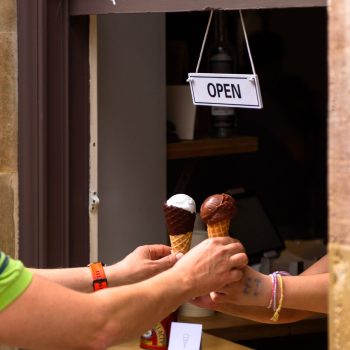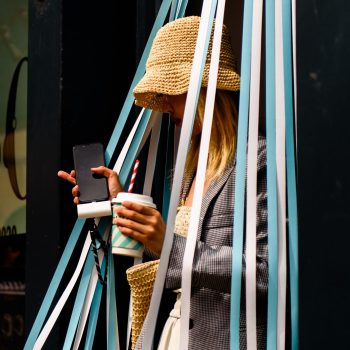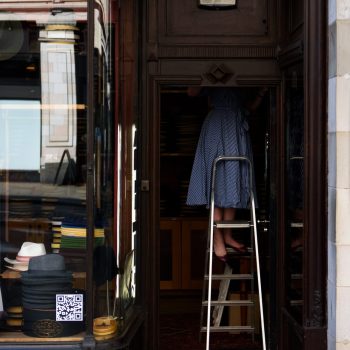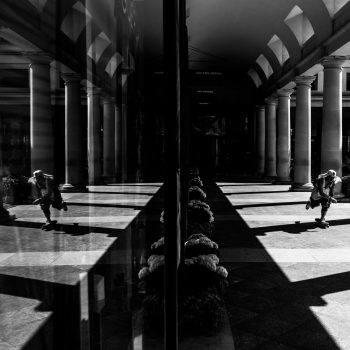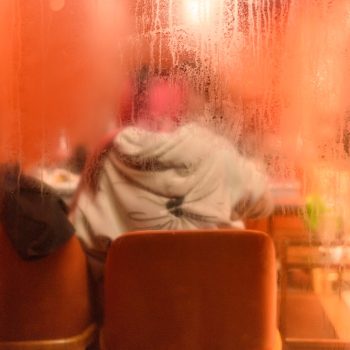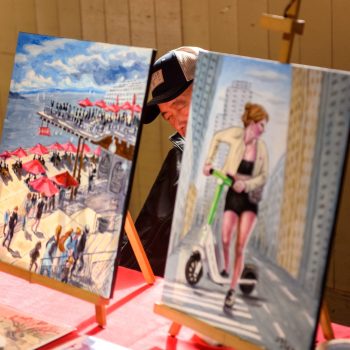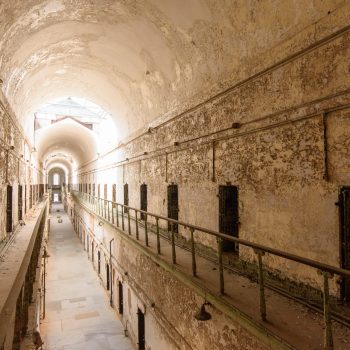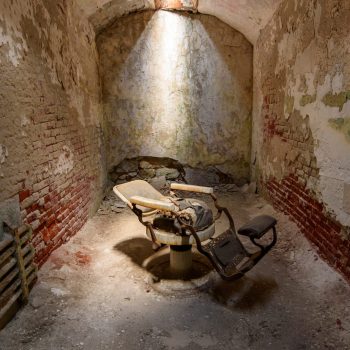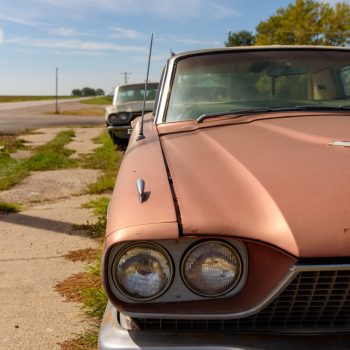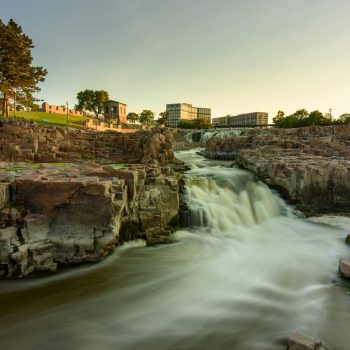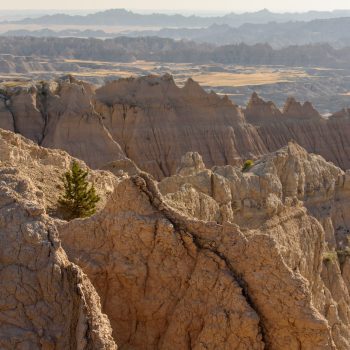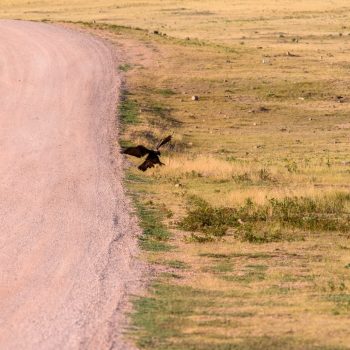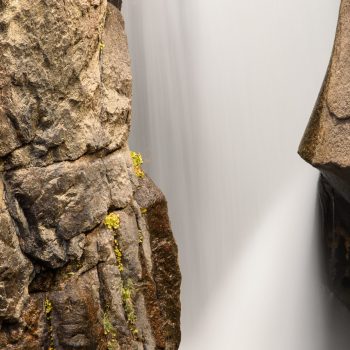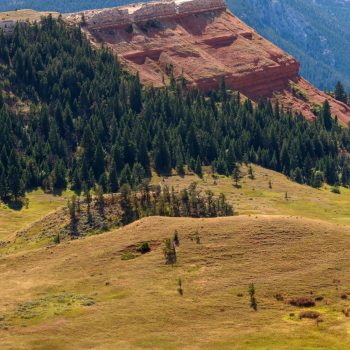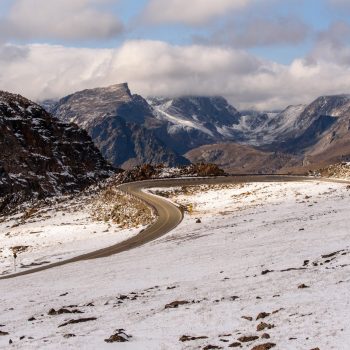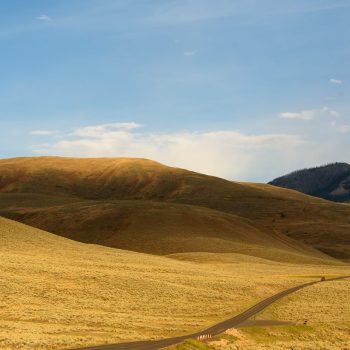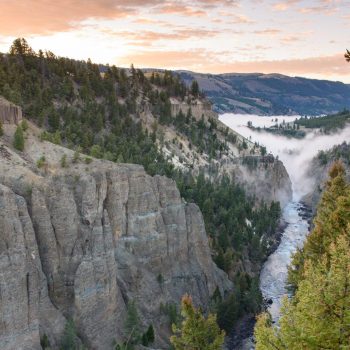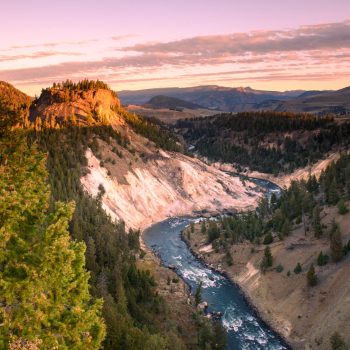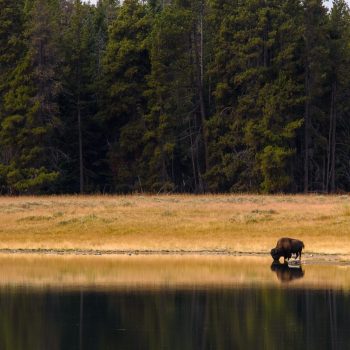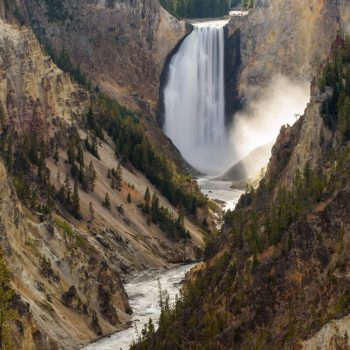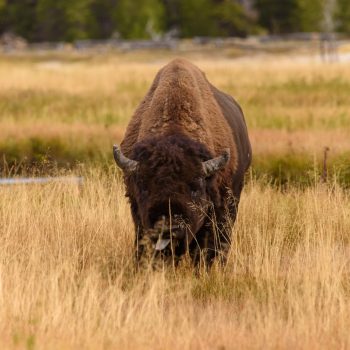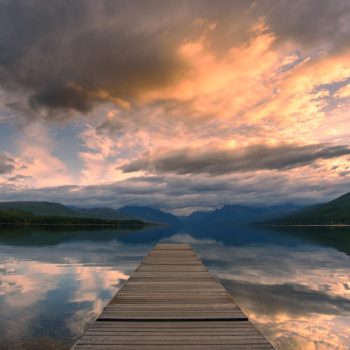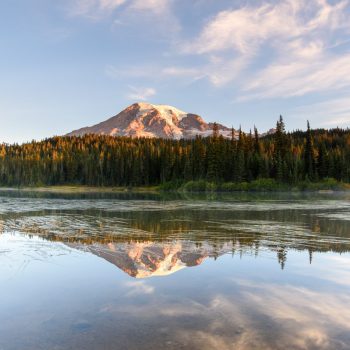Sometimes you have to sit down and put your thoughts into words to untangle the many threads you’re currently have racing around your brain. One being that I’ve taken a lot of photos this year. Too many in fact, but when you are cruising across a National Park filled with wildlife you don’t normally see, it is easy to become trigger happy and return home with thousands of the damn things. On average I normally only produce about 500-1000 images, holidays and exploring dependent, most of which rarely make it out into the wider world. This year I took a sabbatical from work and spent nearly 7 months meandering my way around various countries that i’ve always wanted to visit, all whilst taking many more photos than I normally do. Having to sit down and laboriously sort through them all has been time consuming and something I tried to automate as much as possible – hahah, who said the creative process was dead – but it has allowed me to reflect on the photos I have taken and try and identify where I can improve my photography.
To clarify I have always liked the photos I have taken as there are some great memories attached to them, but years of wandering around rarely seen derelict buildings (before the mass hysteria of social media took away some of the fun of its uniqueness) has meant that I have a particular style that doesn’t always adapt to other scenes. To try and help this, I took the decision to change some of my setup and move away from just bunging a wide angle on the camera and hoping it get what I want. I decided to pick up a secondhand medium telephoto lens, the Nikon 70-200 F/4. At the end of my sabbatical I also took the the decision to sell my Nikon 24-70 F/2.8 that I bought last year as it’s just too cumbersome for my style of photography, and drew some unwanted attention in a few cities as we drove across the States. It’s a superb lens that produces some amazing images, but I felt like I was Arnie in Commando carrying a massive rocket launcher slung over my shoulder.
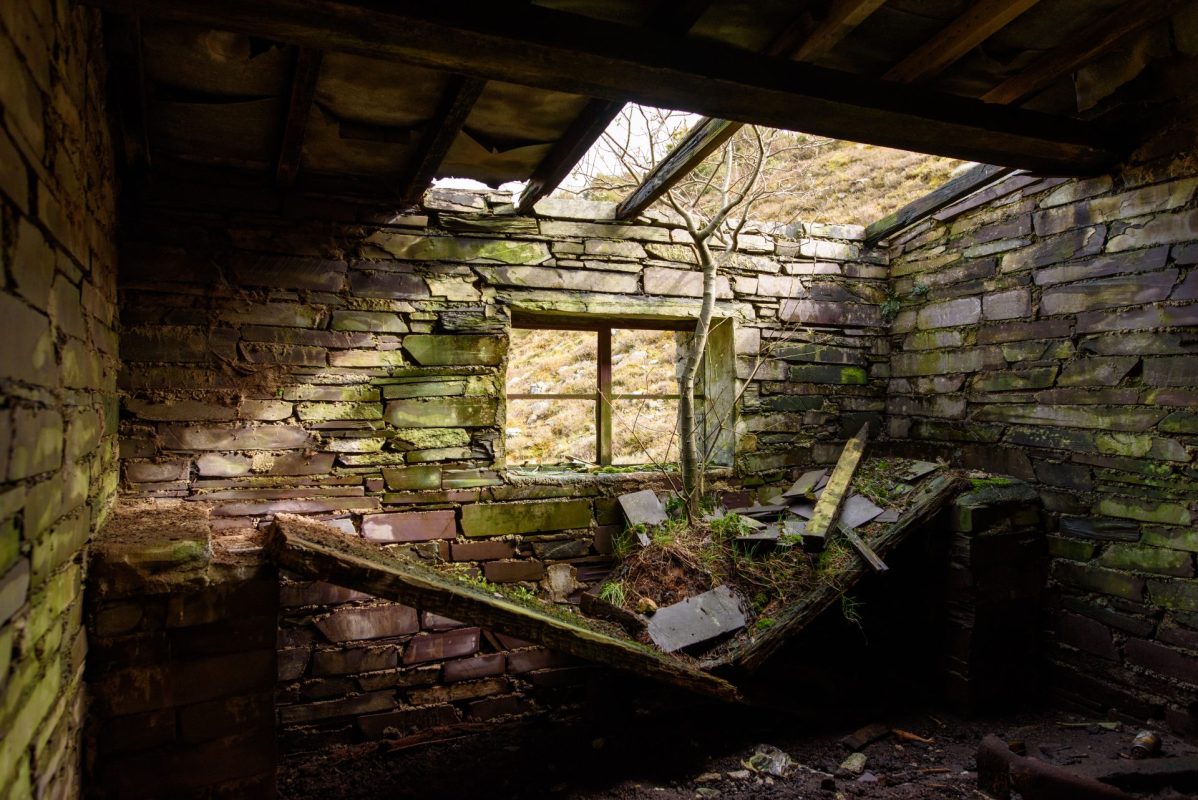
The main lesson I have taken from using my camera relentlessly during my time off is that I need to slow down a little and step back as I have forgotten how to look at the scene before snapping a photograph. Maybe I have become lazy, who knows? Having spent years moving as fast as possible with my photography I haven’t always paused to appreciate my surroundings. I learnt the craft whilst in places I shouldn’t have been, where I was always on the look out for someone about to shout at me (other times I was on a quick trip where we had to cover many miles), so I naturally learnt to take photos as quickly as possible. My way has always been to try and rapidly spot a composition and grab a photograph as quickly as possible, and then move on to the next one, all whilst trying to remember various bits of theories. This is quite easy to achieve when you can take stunning shots of derelict places by standing in the middle of a space, getting everything aligned, and snapping a shot before moving on. On a recent trip to Kolmaskop, an abandoned mining town in the middle of the Namibian desert, I was in my element and this is what I did.
Unfortunately, I moved too fast whilst composing some photos as I wanted to make the most of the incredible light and squeeze in as many shots as possible. In reflection the compositions could have easily been improved if I had spent a little longer in the viewfinder. If you look at the image the image below, I needed to step back a few feet, lower the viewing angle and try to align the second door frame in the middle of the first frame. Instead, I had squared myself up to the closest frame and didn’t think how the eye would move through the frame and moved on.
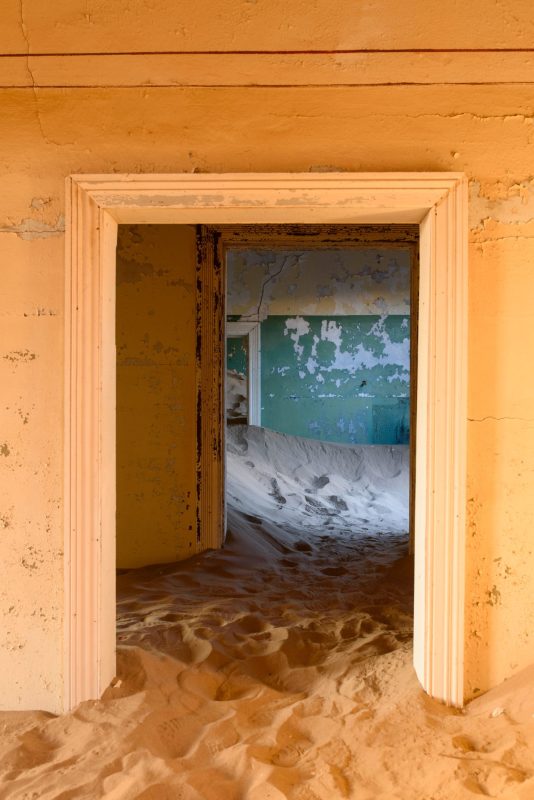
Over the summer I undertook my first photography workshop, it has only taken 17/18 years but I decided it would be interesting to learn to type of photography I know nothing about, and never had the confidence to really try. So I signed up for a days workshop with the incredibly talented Craig Whitehead (https://www.sixstreetunder.com/) and Matt Hall (https://www.the13thsecond.co.uk/) who both take amazing street photos. I learnt more in that 7 hours of tuition than I think I have in the last 10 years of owning a camera if I am honest. There were a few subtle hints I half knew about, but having them explained in a slightly different way resonated with me. It was a worthwhile course and helped me to look at how I take my photographs in a new way. I’ve also found that I learn quite a lot just by watching skilled people do what they love, how they move and work through a their task is fascinating to watch.
A simple tip that I picked up regarded avoiding making eye contact with people unless through the viewfinder, and rather making it look like you are concentrating on something behind them when lining up your shot – it’s s simple way to make them feel that you are taking a picture of the scene and not them. This was a easy technique that worked incredibly effectively, but I found it easier if a subject was walking towards me, or a little further away and definitely not stationary as I don’t quite have it in me to thrust a camera in someones face that I didn’t know. There were also some great tips on looking for natural frames, shadow lines and clean backgrounds that have helped me to look at things differently. All fantastic lessons of things that I knew about, but never saw in practice. Take a simple white walls, whose existence is simple and to hold up someones bedroom, suddenly becomes a excellent backdrop for a street photograph. It’s still a work in practice to spot these sorts of compositional elements, but it’s helping me to improve. Hopefully. The photo below is a great example of waiting for something to happen (the punter being in the right place) and using a shadow line (below the bridge) to create a silhouette (against the white wall) that would add some drama. It’s the sort of scene I would have watched and not thought to photograph!
This is the other lesson – always have my camera with me. I’ve sat down out allotment numerous times and watched a Fox saunter past like he owned the place and wondered why I had left my camera at home.
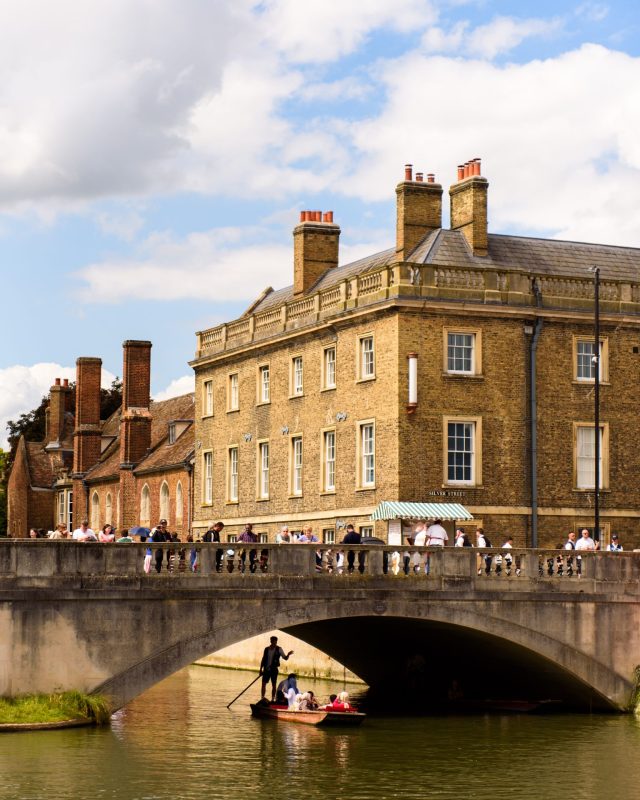
I also learnt that a longer lens makes life much easier as it allowed for subject isolation, and to hide in the background a little. Something so obvious, but because I existed in the ultra-wide-angle world I had forgotten about it. I also picked up a few simple techniques whilst out – getting as low as possible to the ground for wildlife subjects vastly improves the image, which saw me laying by the side of the road in Namibia photographing Jackals, and other such wildlife!
It’s normally around this point of a blog post that i’ve started to lose the thread of what I was planning to tell you. That’s happened here, it seems to be an unwritten rule that I lose the thread somewhere once I have wandered off to do something more serious, like putting the kettle on or engaging with my day job. I think I was trying to conclude that I have a nagging feeling, probably bought on by too many instagram reels, that my photos could be improved. Or at least, my keep rate could be improved. Maybe I have spent too long looking at other peoples photos to appreciate my own beyond the memories? I don’t know, all I know is that I took some cracking photos I am proud of, and some photos that had room for improvement. I guess this is the journey of an amateur photographer, and it is hard to remember this when you cannot use your camera whenever you want because of the constraints of work, but are exposed to glossy Instagram posts and youtube videos during the Monday morning commute.
One final thought I have had since returning to work and mulling over the last 7 months is my equipment. I have had a Nikon D750 with various lenses for the past decade that has served me very well, and taken beautiful photos for me. It feels like an extension of my eyes whenever I use it. Having done a street photography course in Cambridge it became plainly obvious that my setup wasn’t suited to everything. The feeling was the same after we endured a long hike up Mount Rainier with an overpacked camera bag. It is quite large and having spent time trying out more street photography, I have felt the need for something a little more discreet or portable. At some point in the future and when money permits, I will probably purchase one of the smaller FujiFilm cameras to use a street photography camera. My aim is to try and scratch the itch and keep sharp some of the skills needed by continually taking photos. I may eventually upgrade the D750 for a newer, fancier piece of kit, but for now it’ll be my main camera when I am out in the landscape, or looking for birds. Or abandoned holes in the ground.
Anyway, not sure anyone really reads blog posts anymore as its not a 23 second TikTok video screaming at you for attention, but for those of you that have made it to this bit at the end, have a selection of my favourite photos from the summer. One day I’ll get round to figuring out how to monetise these, so that I can afford an upgrade to my gear.
